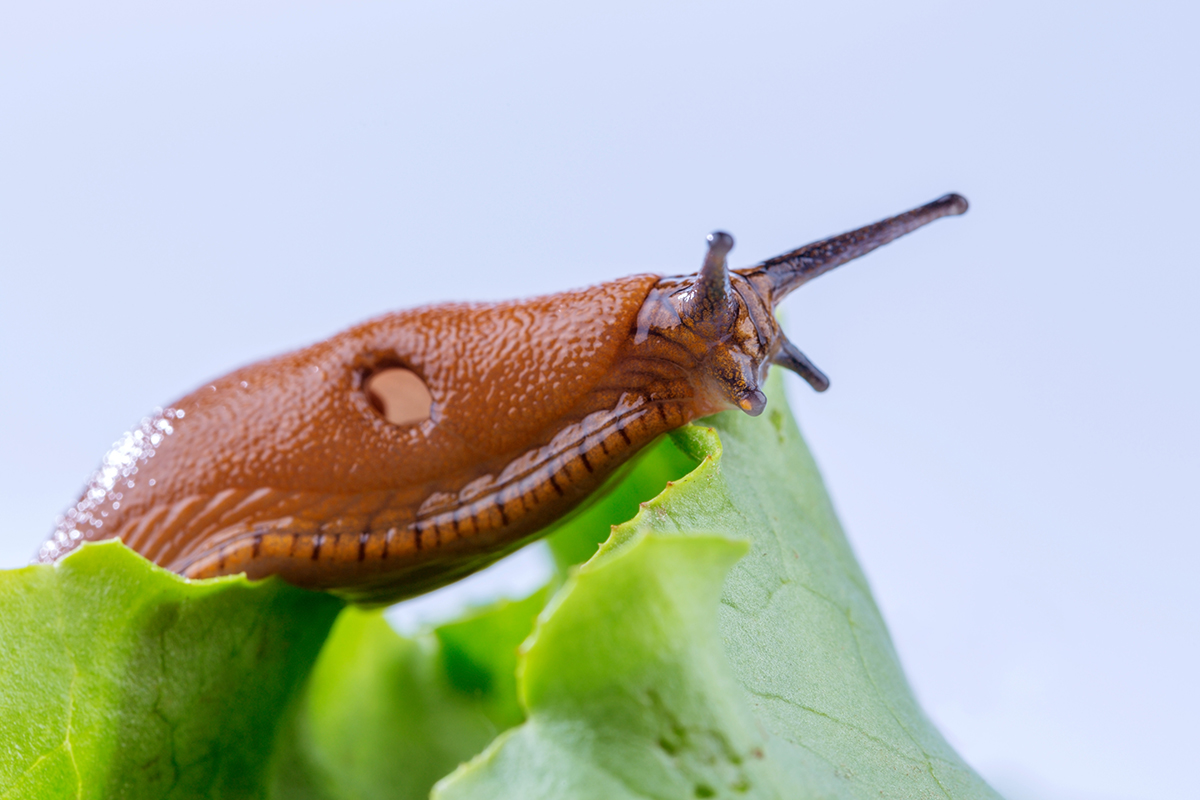How Swallowing a Slug Left a Teen Paralyzed

Accepting a simple dare — eat a garden slug — had devastating consequences for one teenage rugby player in Australia, according to news reports: When the teen swallowed the slug, it led to a parasitic infection that caused a serious brain disease, leaving the teen paralyzed from the neck down.
Sam Ballard was 19 years old in 2010 when he swallowed the slug, which was carrying the roundworm parasite Angiostrongylus cantonensis, commonly known as the rat lungworm, according to Australian news site News.com.au. As adults, these parasites typically infect rats, but during the earlier stages of their life cycle, they may be carried by slugs and snails that eat rat feces — and they can infect people who consume infected snails or slugs that are undercooked.
In Ballard's case, the parasite caused a serious brain infection. He fell into a coma for 420 days and was paralyzed from the neck down when he was released from the hospital three years later, News.com.au recently reported. Ballard, who is still paralyzed and requires round-the-clock care, was in the news this month after his insurance benefits package from Australia's National Disability Insurance Scheme was recently slashed from 492,000 Australian dollars ($383,700) to about AU$135,000 ($105,000), according to News.com.au. [8 Awful Parasite Infections That Will Make Your Skin Crawl]
In addition to snails and slugs, rat lungworm can parasitize frogs, land crabs and freshwater shrimp, which may also pass the infection to people if these animals are consumed raw or undercooked, according to the Centers for Disease Control and Prevention (CDC).
People with rat lungworm infections often don't develop any symptoms, or they may exhibit mild, short-term symptoms such as fever, headache, stiff neck, or nausea and vomiting. In fact, the parasite generally dies on its own, even if the infected person receives no treatment, the CDC says.
However, the infection can sometimes lead to a rare form of meningitis known as eosinophilic meningoencephalitis, in which a type of white blood cell known as an eosinophil increases in number in the brain and spinal fluid. (Meningitis refers to inflammation of the meninges, the lining of the brain and spinal cord.) In some cases — such as Ballard's — this can lead to severe disruption of the nervous system, causing paralysis or even death, according to the CDC.
Though most of the known cases of rat lungworm infection have been documented in the Pacific islands and parts of Asia, a study published in May 2017 in the journal PLOS ONE indicated that the parasite is now established throughout Florida. What's more, cases of the parasitic infection on Maui in Hawaii are also on the rise, with four people infected and four suspected infections reported in April of last year.
Get the world’s most fascinating discoveries delivered straight to your inbox.
Researchers warned that as the world continues to warm, the worm's range will likely continue to expand, potentially introducing it across the continental United States, Live Science previously reported.
Original article on Live Science.

Mindy Weisberger is a science journalist and author of "Rise of the Zombie Bugs: The Surprising Science of Parasitic Mind-Control" (Hopkins Press). She formerly edited for Scholastic and was a channel editor and senior writer for Live Science. She has reported on general science, covering climate change, paleontology, biology and space. Mindy studied film at Columbia University; prior to LS, she produced, wrote and directed media for the American Museum of Natural History in NYC. Her videos about dinosaurs, astrophysics, biodiversity and evolution appear in museums and science centers worldwide, earning awards such as the CINE Golden Eagle and the Communicator Award of Excellence. Her writing has also appeared in Scientific American, The Washington Post, How It Works Magazine and CNN.


